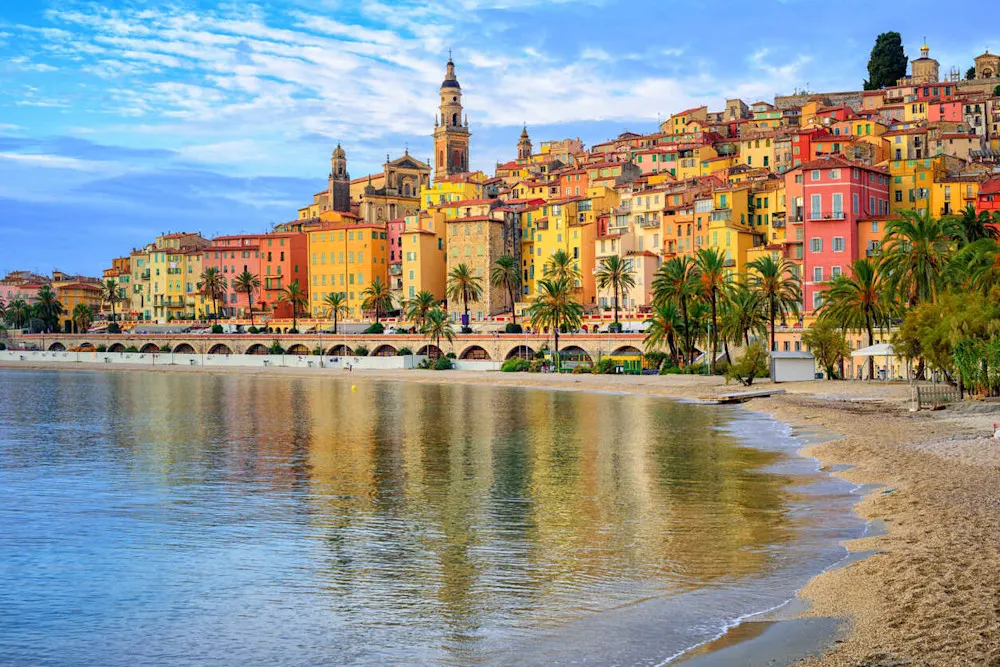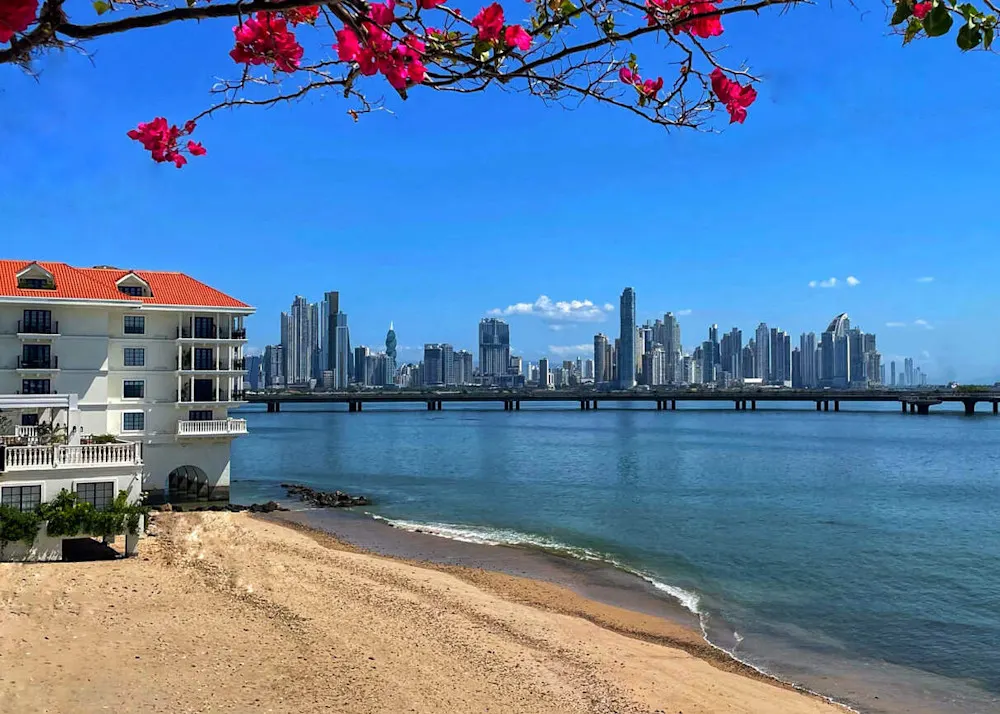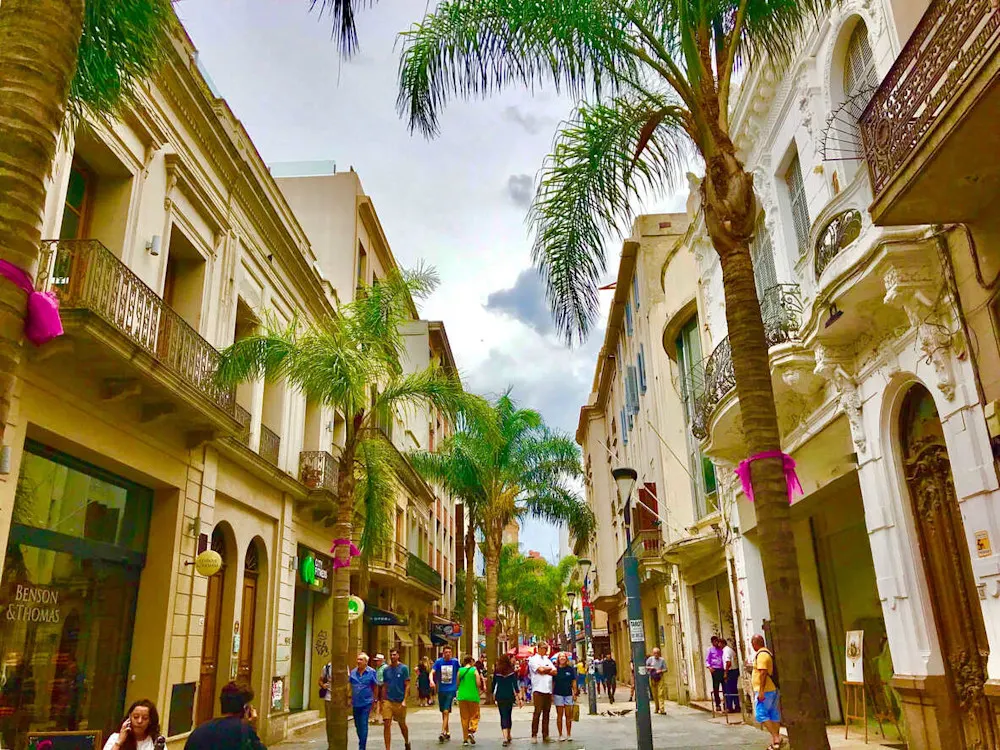So, you want to move overseas. But you still can’t decide the right place for you.
Most International Living readers who become expats will end up either in Europe or Latin America. Some have a strong preference for one or the other.
But—looking at the big picture—what’s the difference between the two continents, in terms of expat living? Why should you pick one or the other?
Before you drill down into countries, cities, and communities… In some ways, the hardest choice is picking which side of the world you’ll be on.
I meet many IL subscribers through my personal consultation service. Some folks know where they want to go; they just need help getting there. But others are looking for insights into which place might be the best fit for them.
So, with that in mind, I’ve pitted Latin America and Europe head-to-head in seven key areas. Which comes out on top? Read on…
The World’s Best Retirement Havens for 2026
The World’s Best Retirement Havens for 2026
24 Countries Compared, Contrasted, Ranked, and Rated. You don’t have to be rich to enjoy a pampered retirement, you just need to know where to go. With our 35th Annual Global Retirement Index, our experts hand you a detailed roadmap. Details—and a Special Offer—Here

By submitting your email address, you will receive a free subscription to IL Postcards, Overseas Dream Home, The Untourist Daily and special offers from International Living and our affiliates. You can unsubscribe at any time, and we encourage you to read more about our Privacy Policy.
Round 1: Ease of Residency

The most important issue is getting permission to stay, legally, in your chosen country. And generally speaking, the process is far easier in Latin America. Mexico, Costa Rica, Panama, Colombia, Ecuador, Uruguay, and Paraguay are some of the easiest countries in the world to establish long-term residency. All have forms of permanent residency you can qualify for right away without having to spend time/money on a temporary visa.
If you plan to live on a retirement or passive-income visa, Latin American countries ask for much lower guaranteed monthly income than Europe. For example, Costa Rica and Panama will give you a Pensionado Visa if you have as little as $1,000 a month in passive income (such as Social Security or a pension).
No European country offers immediate permanent residency. Income requirements for retirement or digital nomad visas are typically double or more what Latin American countries ask, with the average being around $3,500 ($3,990) per month.
Winner: Latin America.
Round 2: Cost of Living
The cost of living in Latin America is significantly lower than in Europe, but there are exceptions. Countries in the southern cone of South America, like Uruguay and Chile, tend to have higher costs of living because there’s a lot of industry in their cities. Housing in Brazil can be expensive. Parts of Mexico City are becoming expensive thanks to an influx of digital nomads.
Outside those areas, however, accommodation, food and groceries, utilities and entertainment are less expensive in Latin America. A typical cost of living might be $2,000+ in Latin America, and $3,000+ in Europe, for a couple.
In Europe, generally, Mediterranean nations (Greece, Italy) have lower costs of living than countries in northern Europe (such as France) or Scandinavia.
Winner: Latin America.
Round 3: Healthcare

Both Europe and Latin America have government-run, "Medicare for All" systems. But Europe’s are generally better than Latin America’s.
In Latin America, many expats use private health insurance for more advanced care. This is especially true in countries like Uruguay, where hospital groups function as de facto insurance pools, keeping costs for private care much lower than in the United States.
At the top level, the quality of medical care is equivalent in both places. The difference is that, unlike Europe, where quality healthcare is widely available, smaller towns and rural areas are underserved in Latin America.
One advantage for Latin America is that it’s closer to the US, especially Central America. That means US retirees can fly back to the country more easily, to take advantage of Medicare benefits.
Winner: Europe.
How to Get a Second Passport
How to Get a Second Passport
According to Forbes, 133 million Americans could be eligible for an EU passport…
Our expert shows you 4 paths to a European passport (and the one he’s taking), plus the most common way for Americans to get a second passport in Europe.
Claim your free report and bonus video when you sign up for International Living's Daily Postcards.

By submitting your email address, you will receive a free subscription to IL Postcards, Overseas Dream Home, The Untourist Daily and special offers from International Living and our affiliates. You can unsubscribe at any time, and we encourage you to read more about our Privacy Policy.
Round 4: Infrastructure
Let’s start with transportation. Europe is justly famous for its continent-wide network of high-speed railways. Most cities have excellent metro train and bus networks. Road networks are dense and well-maintained. Airports are of a high standard.
Some parts of Latin America are making steps to catch up, but transport infrastructure generally deteriorates once you’re outside the major cities and away from major highways.
Utility infrastructure is also better in Europe. The electrical grid is reliable, water and sanitation is universal and high quality, and waste management is based on advanced recycling and waste to energy systems. Most large cities in Latin America don’t do too badly by comparison, but smaller towns and rural areas are another story.
Also, digital infrastructure is definitely superior in Europe. Broadband internet is universal in Europe but often missing in rural areas in Latin America. Average Internet speeds are slower in Latin America and less consistent, since they often depend on mobile data rather than fiber-optic networks.
When it comes to wheelchair accessibility and other measures to ensure Disability rights, Europe wins easily. All EU members are bound by the EU Accessibility Act and compliance is actively monitored. Public transport, sidewalks and roads, buildings, tourist attractions, restrooms, and other relevant public facilities are all accessible to persons with disabilities. Not every small town enjoys the same level of compliance as urban areas but there is high cultural awareness of inclusivity everywhere in Europe.
By contrast, Latin American countries have similar laws on the books, but enforcement is inconsistent. Particularly in poorer countries and smaller towns, the barriers to wheelchair users can be significant. Many hotels do not offer accessible rooms. Cultural awareness of the needs of the disabled is often lacking. Some countries, such as Uruguay, Argentina, Chile, and Panama, are more advanced than others, however.
Winner: Europe.
Round 5: Taxes

Europe has higher top tax rates than Latin America. In northern Europe and Scandinavia, top rates can exceed 55%. Social security contributions are significant and usually mandatory. Wealth and inheritance taxes are higher than in the US. A few countries offer low-income tax rates, but they’re generally not the most desirable places to live, or else it’s very difficult to get residency.
In Latin America, by contrast, income tax rates top out at about 25% to 35% in most countries. Moreover, they tend to apply only to local-source income, unlike Europe, which taxes global income. Panama, Paraguay, Uruguay, Nicaragua, Costa Rica, Guatemala, and Belize only tax local income. Capital gains taxes are low, and wealth and inheritance taxes are generally rare or non-existent.
Winner: Latin America.
Round 6: Safety
There’s no question that Europe is a much safer environment than most of Latin America. Other than Uruguay, most Latin American countries have higher crime rates than any EU member state. Some are worse than others—parts of Mexico and Peru have become very dangerous. But as someone who lives in a country with crime issues (South Africa), I would tell you that it’s all relative to where you live, how you live, and learning from locals how to keep yourself safe.
Another concern people have raised recently is the threat of armed conflict in Europe. There are genuine worries that Russia might attack NATO. I don’t see that as an immediate threat, but there’s no escaping the fact that Europe does have a long history of bitter warfare. It wouldn’t be a deal breaker for me, though.
Finally, what about prejudice? Contemporary Europe certainly has pockets of antipathy towards Jews, the LGBTQ community, and people of non-European descent. But overall, it’s a highly tolerant society, and the EU constitution is quite firm about protecting everyone’s rights. In Latin America, by contrast, although many countries are highly progressive—especially Uruguay—tolerance is not practiced uniformly. Misogyny and anti-gay attitudes are common in some places.
Winner: Europe.
Round 7: Lifestyle

Let’s kick off this final section with a look at expat communities on each continent…
Expat communities tend to band together in countries where there is an advantage to living and interacting with people with a similar background. For that reason, expats tend to congregate more in Latin American countries than in Europe. That’s not to say that there aren’t large expat communities in Europe; it’s simply that there’s less pressure to focus on fellow countrymen since it’s easy to become embedded in the broader community. There tend to be more career expats—people assigned to work in a European country—than there are in Latin America, except in some larger LatAm cities.
Social infrastructure is more highly developed in Europe, with international schools, English widely spoken, and so on.
For that reason, Europe is a preferred destination for people who want to embed in the local society with one exception. Many expats in Latin America find it easier to become part of the local community in small towns and villages, and find them supremely welcoming; whereas the opposite is true in Europe, where larger cities are more cosmopolitan. It may be harder to make friends in insular local communities.
The Romans had a saying: de gustibus non disputandum (there’s no accounting for taste). If you like tropical climes, a laidback rustic lifestyle, and traditional charms, you’ll probably prefer Latin America. But if your idea of heaven is classic cities, high-end dining, and cosmopolitan culture, you’ll likely prefer Europe. But…
Cities like Buenos Aires, Argentina and Montevideo, Uruguay are modelled on European examples, especially Paris.
Rural villages in Spain and Portugal are little different from those in much of Latin America, except that First World healthcare and other amenities are available nearby.
So, it really is a case of beauty being in the eye of the beholder… to thine own self be true.
Winner: Only you can choose!
How to Get a Second Passport
How to Get a Second Passport
According to Forbes, 133 million Americans could be eligible for an EU passport…
Our expert shows you 4 paths to a European passport (and the one he’s taking), plus the most common way for Americans to get a second passport in Europe.
Claim your free report and bonus video when you sign up for International Living's Daily Postcards.

By submitting your email address, you will receive a free subscription to IL Postcards, Overseas Dream Home, The Untourist Daily and special offers from International Living and our affiliates. You can unsubscribe at any time, and we encourage you to read more about our Privacy Policy.
